Practical Earthkeeping: Turning Off Lights
August 21, 2025 - Darkness, a friend to many creatures, is often banished by the ever-shining light bulbs of human habitation. By Louise Conner
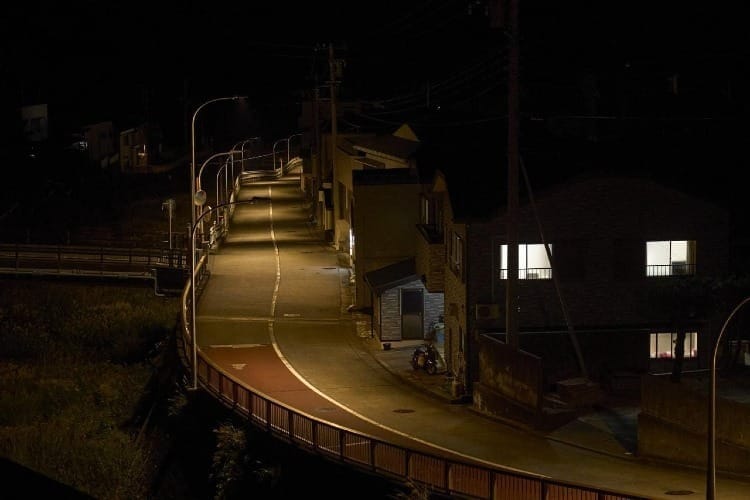
It is often assumed that brighter nighttime lights increase people’s safety. Despite what lighting companies would like you to believe, this is not so clear. Nighttime lighting is often more a way to ward off a modern fear of darkness than it is a guarantee of a safe environment. Some studies suggest that outdoor lighting can actually increase crime by making things worth stealing visible to potential criminals.
What is clear, however, is that indiscriminate nighttime lighting decreases the survival and wellbeing of large segments of the world’s non-human population. A porch light that is left on might shine a light straight into another creature’s bedroom. Inside lights that aren’t shielded by curtains may confuse a bird on a migration path. Outdoor decorative lights can make large areas unsafe for creatures who depend on darkness to hide from the predators who hunt them. Darkness, a friend to many creatures, is often banished by the ever-shining light bulbs of human habitation.
The effect of nighttime lighting on animal species is well-documented, widespread, and varied: chinook and sockeye salmon, cougars, bats, insects, even coral can all be negatively affected.
Because the effects of light pollution on humans are less obvious than other types of pollution, we are less likely to consider it a serious problem. But caring for other creatures beyond ourselves is a responsibility that comes with our power to change their environment. If we can change another creature’s world by merely flicking a switch on or off, we have the responsibility to use that power wisely and thoughtfully.
Many groups around the world with different interests gather around this issue of decreasing light pollution and creating darker skies. Wildlife groups, astronomy buffs, energy conservationists, and even human wellness experts, find common ground in educating people on this often-overlooked problem.
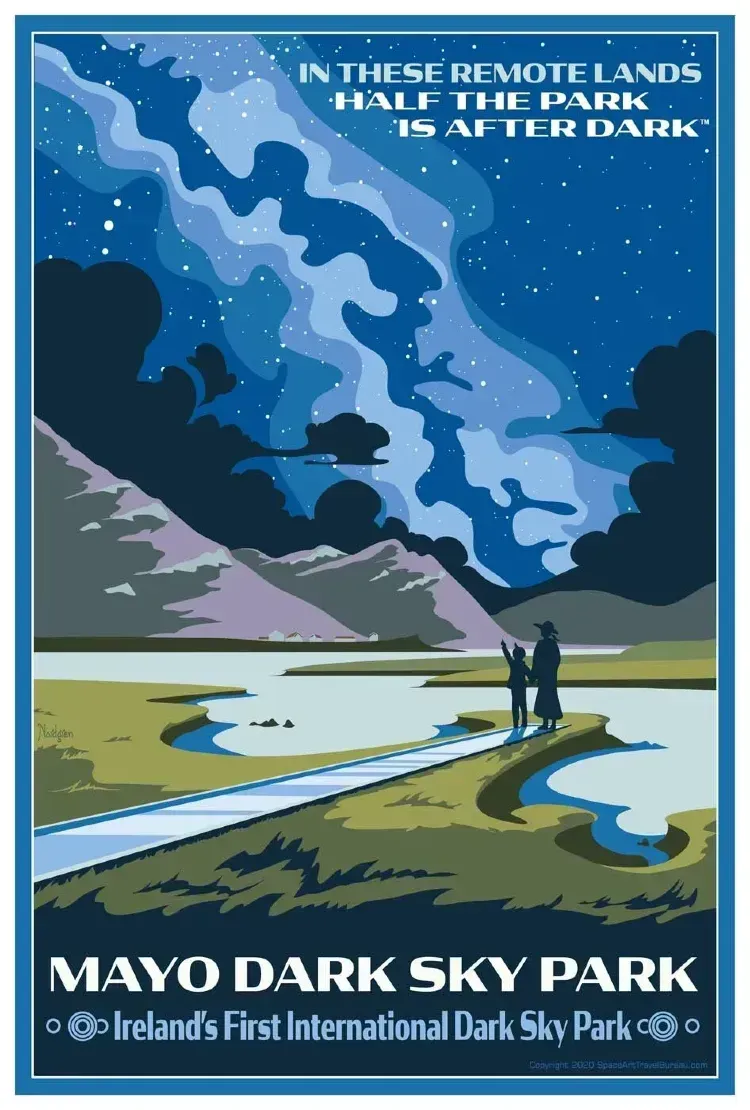
Groups like DarkSky International and The Royal Astronomical Society of Canada have programs that provide certification to areas that attain certain levels of darkness, often achieved by changing the way they are currently doing things.
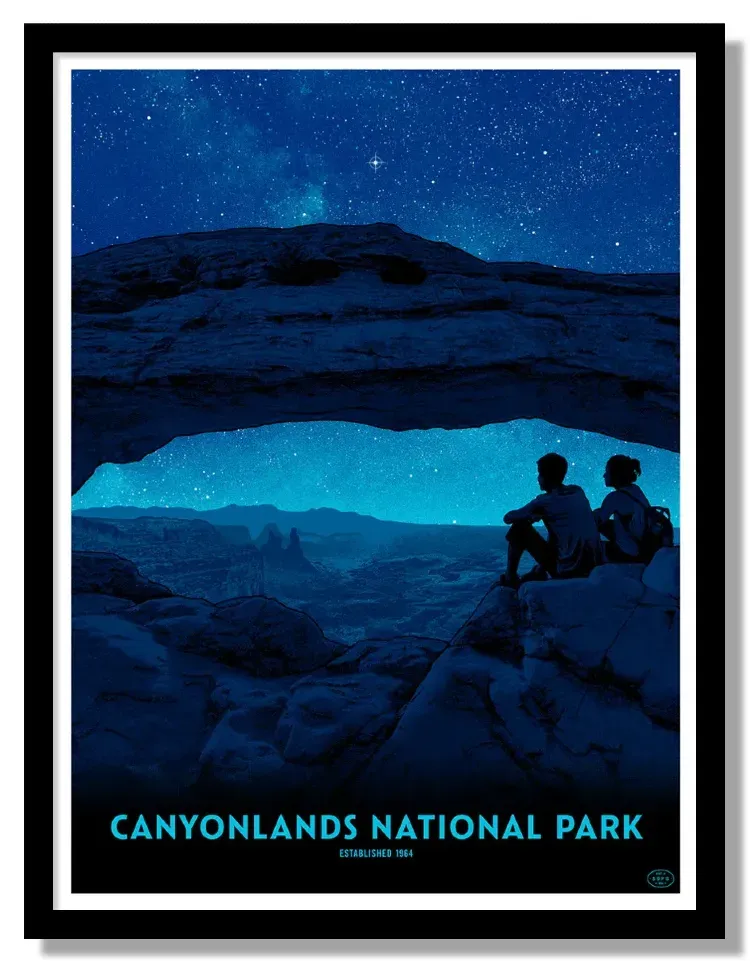
Many national parks in the United States have earned Dark Sky certifications from DarkSky International. Some have artists in residence who, through their art, convey the beauty of dark skies and educate others on its importance and value.
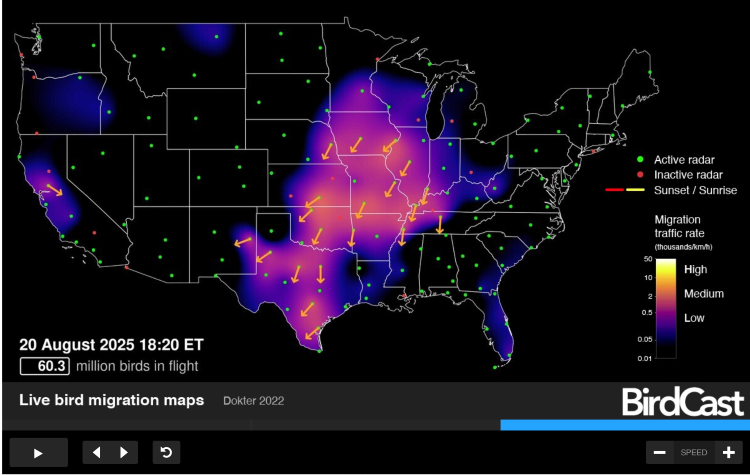
Groups like National Audubon Society stress the importance of reducing light pollution because of the adverse effects that artificial nighttime lighting has on birds, and, in particular, migrating birds. In North America alone, it is estimated that up to 1 billion migrating birds die each year from collisions with buildings due to artificial lighting. In the United States, during the fall migration period, which begins on August 15 and runs until November 30th, tools such as BirdCast from the Cornell Lab of Ornithology, show live and predictive radar to trace migration patterns and numbers. Having this information can be an alert to people and communities to turn off lights when large numbers of birds are passing through.
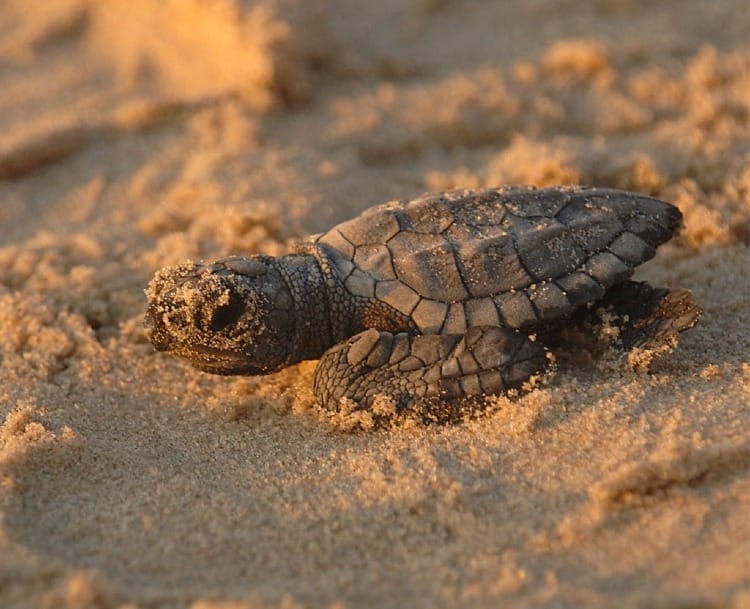
Organizations such as the National Wildlife Federation remind people that sea turtles can become disoriented and get off track due to artificial lighting on beaches, both when coming up to lay eggs and when hatchlings make their trek down to the ocean. On Kozushima, a Dark Sky Park in Tokyo, when streetlights were altered to meet dark sky certification requirements, sea turtles that had become nonexistent returned for the first time in 10 years.
US Fish and Wildlife biologist Jason Davis tells of working to save the endangered Bethany Beach firefly. On a beach in Delaware, where he had earlier consistently seen them, they suddenly disappeared. The only change seemed to be a bright new streetlamp, which Davis suspected was the problem. "The local homeowners and power company agreed to install a new light and shroud it to reduce how much light pollution spilled into the beach’s dunes and swales,” Davis says. The next summer when he returned, the firefly, recognizable by its unique flashing, had also returned.
An example of other benefits coming from eliminating artificial lights at night comes from Jackson Lake State Park, Colorado, which used to spend $17,000 each year to combat mosquitos in the campground. Noticing that mosquito populations were sparser in heavily used areas that either had no lights or where lights used motion sensors and were shielded, the campground lighting was changed. Not only was the $17,000 annual expense eliminated, but as an added benefit, without lighting, campers went to bed earlier and disruptive behavior and vandalism decreased.
DarkSky International has created some well-done educational resources such as posters and activities for adults, kids, and communities, which can be downloaded for free from their website. Partner organizations such as the National Parks, World Wildlife Federation, and many others also resources as well, including products like t-shirts, that may start conversations and get people thinking about habits they haven't thought about before.

In a time when many are concerned about long-term damage being done to our planet that will take decades to undo (if we are able to undo it), light pollution is, by contrast, described by many as a "low-hanging fruit." Light pollution disappears as soon as a switch is flipped; there is no lingering clean-up to do once the light is turned off. Everyone who uses artificial light can do something to adjust their use of lighting to help create darker skies and outdoor spaces, whether it is flipping off a light switch, changing a light fixture, or closing a curtain to keep light inside.
The U.S. Fish & Wildlife Services gives this list for best lighting practices:
- If the lighting is not needed, consider turning it off.
- Limit lighting to necessary times only.
- Keep lighting low to the ground and avoid lights that face up or illuminate the surrounding landscape.
- Prevent light spill from windows by closing blinds, shades, or windows.
- Use warmer color lights where possible.
Below is a 6-and-a-half-minute film called "Losing the Dark," from DarkSky International which gives further details on the importance of eliminating light pollution.
Feel free to leave a comment below (you can sign in through your email) or contact me directly at louise.conner@circlewood.online.
For readers who live near Camano Island, Washington, where we are based, I invite you to consider joining us for a Guided Morning of Renewal and Listening that I will be hosting on Saturday, September 6 from 8:30am-12:30pm. This is an opportunity to take a break from busyness and noise, with a time that is both flexible and intentional. Guests will be welcomed at 8:30 with a continental breakfast. They will then choose their spot on the land as well as the resources they will use (such as poetry, prayers, field guides, notepads, binoculars) to renew and deepen their connection with God and creation. We have space for a maximum of eight participants (three spots still available) at $40 per person ($50 includes a sack lunch). If you have questions, email us here.
Louise

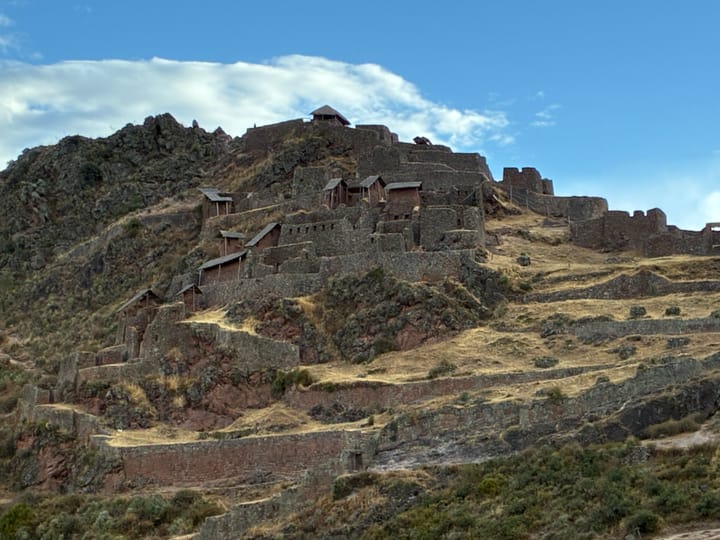
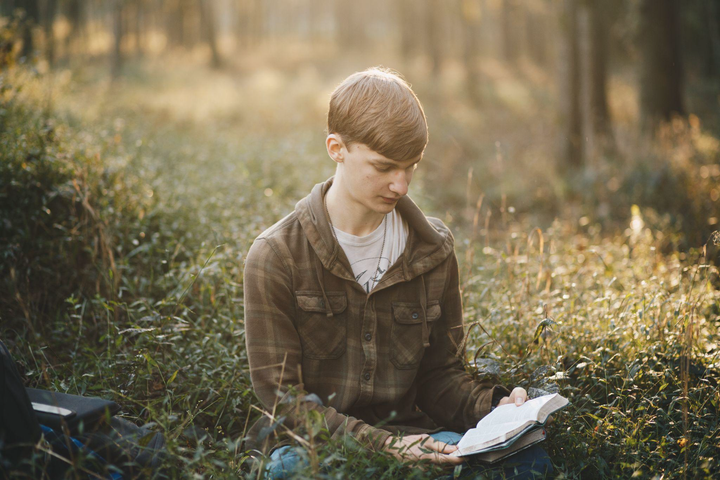

Comments ()